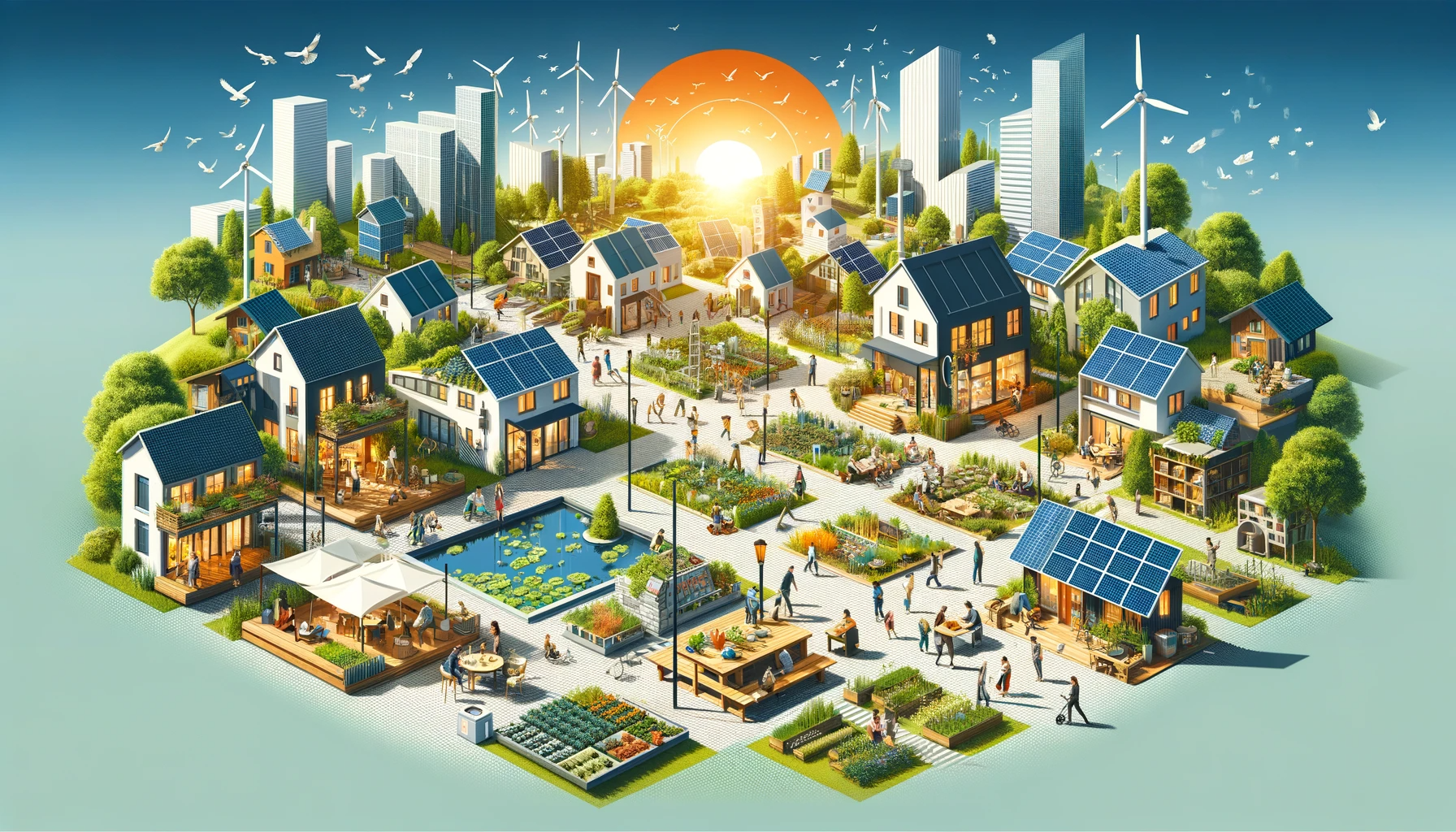Creating a sustainable community is one of the most effective responses to the escalating environmental challenges. These communities represent an integrated approach towards sustainability, where ecological integrity, economic security, and social equity coalesce. Building a sustainable community is a holistic and participatory endeavor that requires collective efforts, careful planning, and the commitment of every member.
The first step in building a sustainable community is fostering an understanding of sustainability and its importance. Education and awareness-raising are pivotal in instilling a sense of urgency and responsibility among community members. This includes understanding the principles of sustainability, the community’s environmental impact, and the steps necessary to minimize this footprint.
Economic sustainability is another cornerstone of a sustainable community. This involves supporting local businesses, promoting green jobs, and encouraging sustainable consumer behavior. Community-based initiatives like farmers’ markets, co-operatives, and sharing schemes not only stimulate local economies but also foster community spirit.
Environmental stewardship is also vital. This includes initiatives like promoting renewable energy use, waste reduction, recycling, and composting. Additionally, protecting and enhancing local biodiversity through the preservation of green spaces, restoration of habitats, and planting of native species is key. Incorporating green design principles into community infrastructure can further promote energy efficiency, reduce waste, and improve the quality of life.
Social sustainability, characterized by inclusivity, social justice, and a strong sense of community, is another critical aspect. This includes addressing social inequalities, promoting cultural diversity, and ensuring that all community members can participate in decision-making processes.
The heart of a sustainable community is active citizen participation. Engaging community members in the planning and implementation of sustainability projects ensures shared responsibility and ownership. This can be achieved through regular town-hall meetings, participatory budgeting, and community-led initiatives. By actively involving residents, sustainable communities can build a culture of shared responsibility and collective action.
Technology also plays a vital role in building sustainable communities. From smart grids and energy-efficient buildings to digital platforms for sharing resources and promoting local events, technology can enhance sustainability efforts and foster a sense of community.
Despite the challenges involved, building a sustainable community yields far-reaching benefits. Beyond reducing environmental impact, it fosters stronger community bonds, improves quality of life, and builds resilience against future challenges.
In conclusion, building a sustainable community is a powerful strategy in the global pursuit of sustainability. It’s a process that requires a holistic vision, shared commitment, and collective action. While every community is unique, the principles of environmental stewardship, economic sustainability, social equity, and active participation form a universal blueprint. Through the collective efforts of its members, every community can move towards a more sustainable future.


